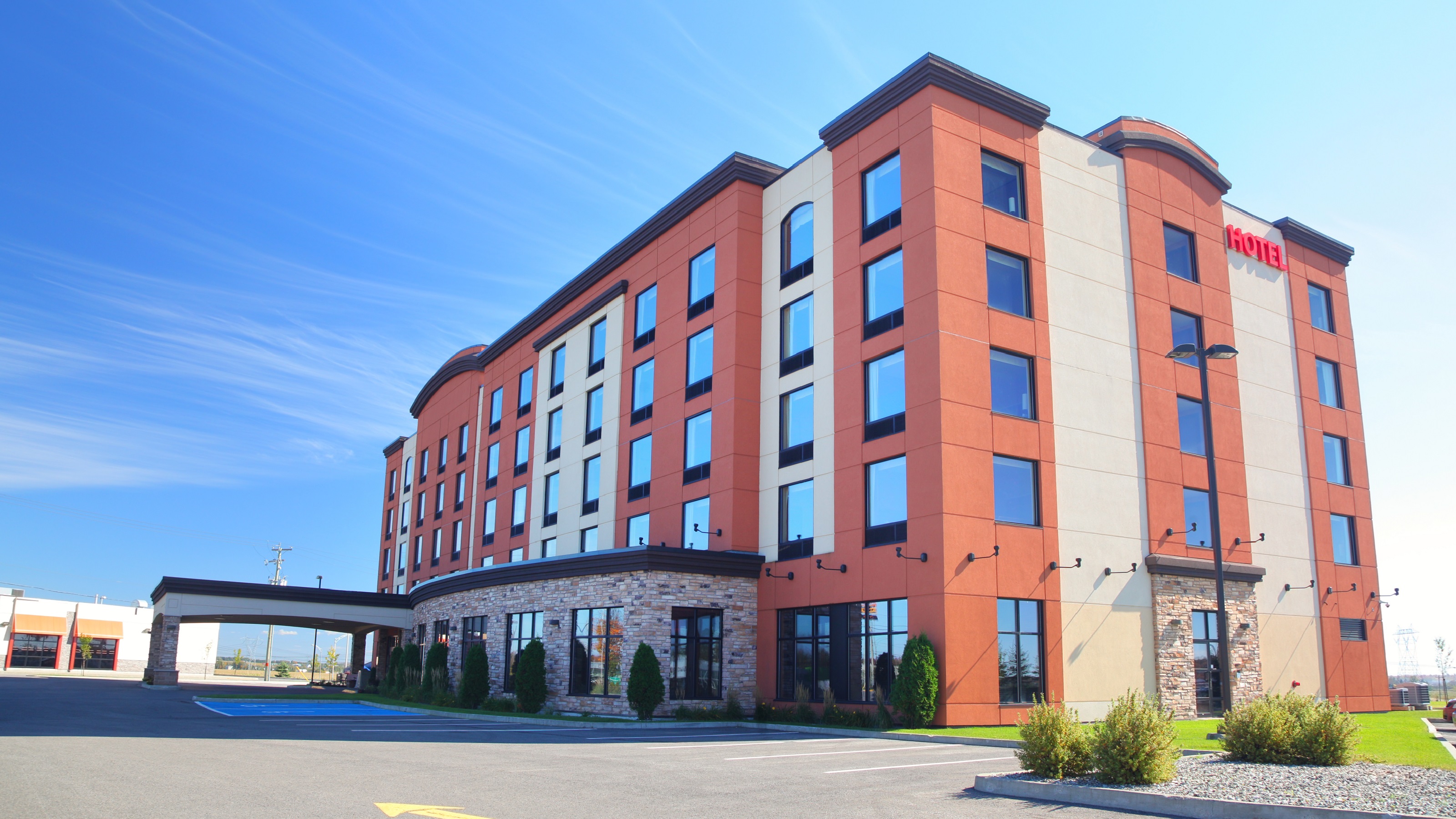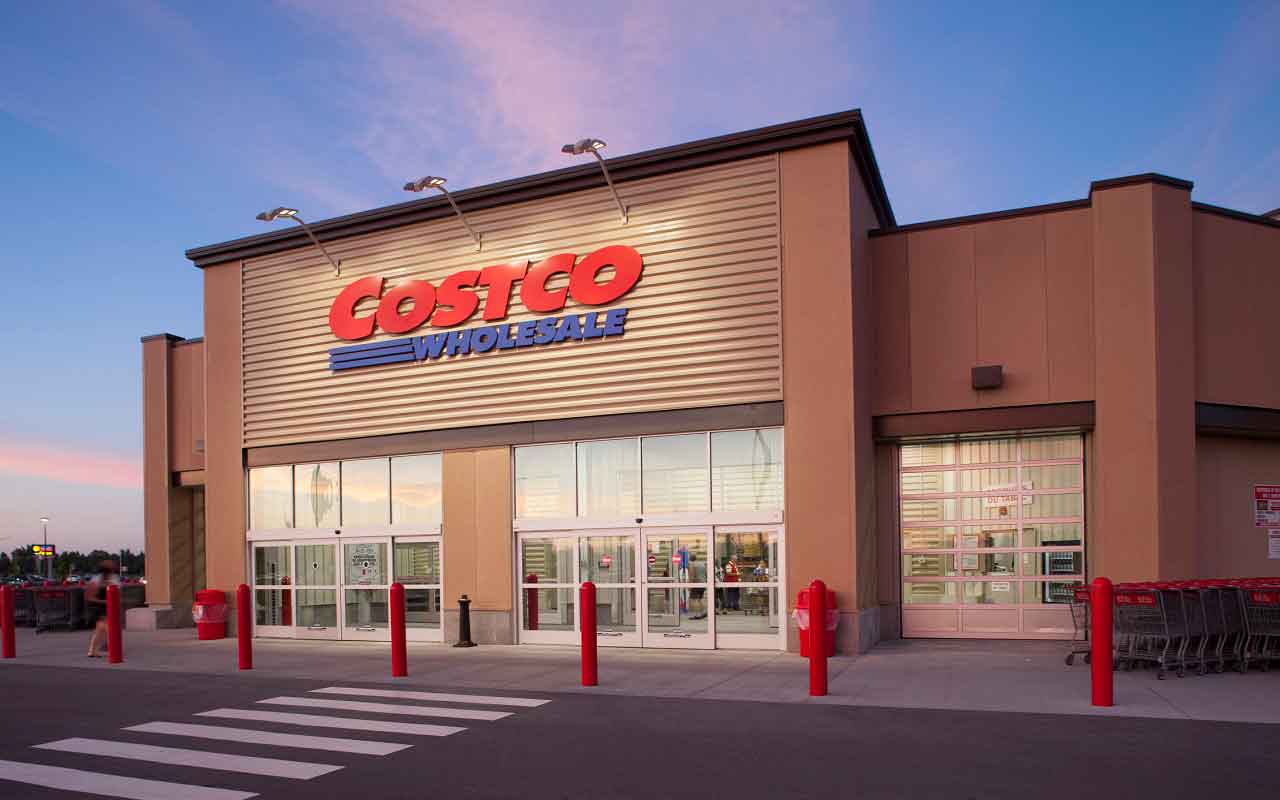Why Ground Lease REITs Are Building in Popularity
As more property owners in need of liquidity use ground leases to unlock capital, real estate investors could reap the rewards.

Numerous publicly traded real estate trusts (REITs) have faced challenges in the past year, with returns largely trailing stock market indexes. But REITs that are focused on ground leases — owning the land without owning the buildings that sit on it — have been an exception.
Splitting the ownership of commercial land from the buildings that sit on it isn’t a new idea. In some ways, it’s the same financial structure that medieval royalty used with its subjects. But the democratization of ground leases and their growing popularity is reflective of other kinds of securitization across the economy — creating narrower and more focused return characteristics to suit the needs of different classes of investors.
And with commercial office real estate, in particular, in a prominent state of post-lockdown upheaval, the ability to create a de-risked real estate asset has been warmly embraced by investors.

Sign up for Kiplinger’s Free E-Newsletters
Profit and prosper with the best of expert advice on investing, taxes, retirement, personal finance and more - straight to your e-mail.
Profit and prosper with the best of expert advice - straight to your e-mail.
At present, Safehold (SAFE) is the sole publicly traded ground lease REIT pure play. It will likely be one of several on the market in the coming years, prompting other more traditional REITs to diversify their holdings with land leases.
We’ve already seen this with a mega-deal involving Realty Income and Wynn Resorts. In a transaction valued at $1.7 billion, Wynn Resorts sealed a sale/leaseback arrangement with Realty Income, a traditional REIT, for its Encore Boston Harbor development, a hotel, casino and theater project six miles south of Boston.
Unlocking capital when in need of liquidity
Property owners are using ground leases to unlock capital in areas where liquidity is lacking. With regional banking tightening up lending — even with the specter of lower interest rates — we are now seeing land lease inquiries shoot up. In my own land lease specialty practice, we are fielding more queries from owners and developers in all real estate sectors.
One needs to only look at numbers touted by Safehold. Tim Doherty, Safehold’s head of investments, said in a press release that the company has expanded land lease deals from 12 in 2017 to 130 in 2022, with the value of the portfolio at more than $6 billion. He attributed the growth to a new level of sophistication in the land lease market, adopting strategies such as predictability of lease payments, a move that leads to more efficient pricing. Over the last three months of 2023, Safehold stock was up nearly 40%.
Growing popularity of ground leases has not gone unnoticed. Three years ago, Dallas-based Montgomery Street Partners started a $1 billion REIT targeted on investments in the nation’s top 50 markets. High interest from institutional investors prompted Montgomery Street to expand the pool to $1.5 billion in 2022.
Murray McCabe, a managing partner of Montgomery Street Partners, said in a press release, “The strong demand we’ve seen for GLR’s (ground lease REIT) follow-on equity offering validates our strategy and confirms that ground leases have evolved to become an acceptable and mainstream financing tool.”
Clearly, ground lease investment funds are one of the emerging trends in real estate. Ares Management and real estate private equity firm The Regis Group formed Haven Capital in 2020 to capture growing land lease demand to, in their words, provide “a more efficient form of financing” that helps unlock asset value.
These recent developments, along with overall financing trends within the real estate industry, establish a pattern that’s hard to ignore: Land lease activity, which has grown to a more than $18 billion market in 2022, will only see more deals announced over the next 10 years. By one estimate, the market could be close to $2.5 trillion in the United States alone, providing a substantial runway for expansion.
How does a land lease work?
Long a staple of family offices looking for a steady income and predictable stream from long-held vacant parcels in desirable locations, the land lease has become widely embraced because the vehicle presents a win-win scenario for both the building owner and the landowner.
How does a land lease operate? Typically spanning a term of 50 to 99 years with renewal options, a land lease REIT or sponsor acquires the land from the building owner. This arrangement enables the developer to release crucial capital, directing it toward areas with higher return potential. Simultaneously, the building owner retains full control of the asset while divesting the land beneath it, which, though useful in the development process, provides little return to the overall project. The lease is tailored to fit the project.
The Boston Harbor Development serves as an illustration of the long-standing use of land leases in the hospitality industry. Additionally, this approach has found popularity in retail, health and fitness facilities and fast-food outlets. Now, various industries are recognizing the value of this concept. Ground rent payments include predetermined annual lease increases.
“Proof of concept continues to spread,” Safehold’s Doherty said.
As the benefits to a project’s capital stack become readily apparent, ground leases will gain wider acceptance and be regularly employed as a key element in the real estate industry. Predictions suggest that ground leases will become mainstream within the next five to 10 years, offering a spectrum of investment opportunities for astute players.
Related Content
Get Kiplinger Today newsletter — free
Profit and prosper with the best of Kiplinger's advice on investing, taxes, retirement, personal finance and much more. Delivered daily. Enter your email in the box and click Sign Me Up.

Jim Small is the Founder/CEO of Sante Realty Investments, an impact-based real estate company. For over 10 years, he has partnered with ultra-high-net-worth individuals and family offices to acquire and manage thousands of multifamily assets across the U.S. and Europe, generating consistent returns and positive social impact.
-
 Should You Get Auto or Home Insurance Through Costco?
Should You Get Auto or Home Insurance Through Costco?Costco members can access discounted insurance through Connect by American Family — but is it really a better deal?
By Paige Cerulli Published
-
 Stock Market Today: Uncertainty Proliferates: Dow Loses 1,014 Points
Stock Market Today: Uncertainty Proliferates: Dow Loses 1,014 PointsWeaker-than-expected consumer inflation data wasn't enough to stabilize sentiment during another volatile day for financial markets.
By David Dittman Published
-
 Going Through Probate? How to Find the Right Attorney
Going Through Probate? How to Find the Right AttorneyJust having the skills and experience to do the job isn't enough. The probate attorney you hire needs to have the right temperament for your particular case.
By John R. Silva, Esq. Published
-
 Widow's Penalty: Three Ways to Protect Your Finances
Widow's Penalty: Three Ways to Protect Your FinancesHigher Medicare premiums, smaller Social Security payments, bigger tax bills … Financial changes can hit hard when a spouse dies. How to counter the blow.
By Ashley Terrell, IAR Published
-
 Four Ways Your Phone Can Help You Weather Market Volatility
Four Ways Your Phone Can Help You Weather Market VolatilitySmartphone apps can help investors make healthy decisions and maintain a disciplined investment approach — even when emotions try to steer them off course.
By Marco De Freitas Published
-
 Stick to the Plan: Don't Panic During Economic Uncertainty
Stick to the Plan: Don't Panic During Economic UncertaintyTake a breath and step back. Focus on a solid fiscal foundation to stabilize your investments during stock market volatility.
By Eric Lahaie, CFS®, RICP® Published
-
 How Inflation Affects Your Finances and How to Stay Ahead
How Inflation Affects Your Finances and How to Stay AheadThe cost of goods and services is certain to rise over time, making it essential to have a financial plan that will help you keep pace.
By Kyle D. Sikes Published
-
 Now's a Great Time to Become a Financial Adviser: Here's Why
Now's a Great Time to Become a Financial Adviser: Here's WhyThere's a growing need for financial advisers. Why not take on a role that offers earning potential and work-life balance and helps change lives?
By John Roberts Published
-
 Little-Known Ways to Guard Your Retirement Income
Little-Known Ways to Guard Your Retirement IncomeIs your retirement income safe if stocks continue to plummet? Most retirees don't know these reliable options to limit their market exposure.
By Jacob Cornell Published
-
 Three Warning Signs Your Investments Are (Needlessly) Too Risky
Three Warning Signs Your Investments Are (Needlessly) Too RiskyAll investments come with risk, but the secret is to take only enough risk to get you to your specific savings goals — and no more than that.
By Eric Roberge, Certified Financial Planner (CFP) and Investment Adviser Published